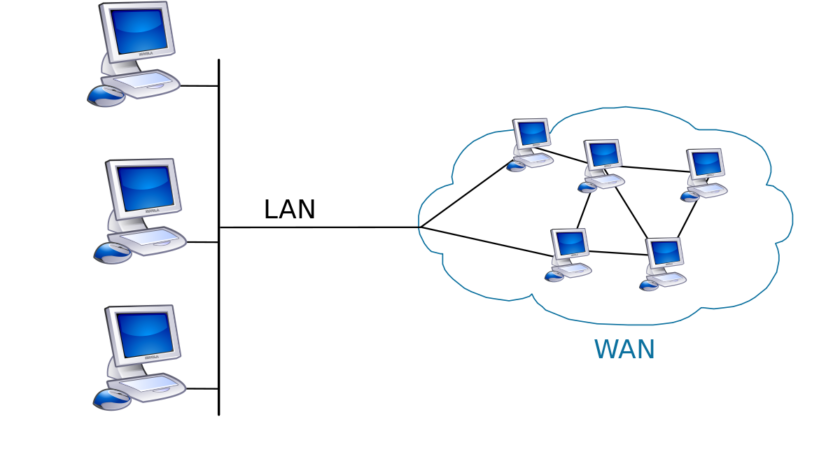Many online firms are emerging in today’s tech-driven world, including commerce, healthcare, education, fashion, and many other industries. People can operate their startup or established business from anywhere because the internet is available everywhere.
Since a business can run long distances, communication is very important for any business. To ensure the high speed of communication and connectivity, businesses use the internet WAN.
What is WAN?
A wide area network (WAN) is a huge computer network connecting a group of computers from multiple locations worldwide. Even now, WANs are the biggest and most broad networks compared to other networks.
Businesses can transport data, audio, video, images, and other types of data between LANs and MANs using WAN. Unlike LAN, WANs cannot be restricted to the same location. Rather, they can be built in any number of locations.
What does a WAN do?
WAN helps enterprises to build a strong communication network among the staff, consumers, and other shareholders to collaborate online from anywhere in the world. For instance, a WAN at a bank enables all of its branches and ATMs to remain connected for various operations with various security precautions. Both clients and bank employees use it.
How does a WAN work?
Two types of WAN networks are available: switched and packet-based. Among them, switched networks use a piece of hardware to direct traffic between endpoints, whereas packet-based networks route data with IP on shared media like Ethernet or optical fiber.
Typically, WAN uses many connections and technologies to link to various sections. The most commonly used technology by internet WAN is VPN (Virtual Private Network). Because when sharing confidential information by IP-based WANs over the internet, there are a lot of possibilities for data theft.
So to ensure security WAN uses a virtual private network. You can connect to locations and devices more securely with a VAN connection. Further, WAN can be used in two ways: a private network for organizations and a public network across internet-connected systems.
Types of WAN technologies
Other than VPN, WANs use different types of technologies in their network. The below section will provide you with detailed information on other technologies used.
Packet Switching
When using packet switching, messages are broken up into packet-sized units, and each is sent separately to the destination addresses. However, packets do not use the same route to reach the destination.
They can use an alternative path if a particular one is not available. To correctly reach the destination, a packet comprises a payload and an identifying header that contains destination and reconfiguration information.
The packets are sent in triplicate if they are corrupted. If the packet fails the verification, a request to resend the packet is made.
TCP/IP protocol suite
TCP/IP stands for Transmission Control Protocol/Internet Protocol. These protocols connect computers and other networks to other network devices.
Router
A router is a WAN device since it connects LANs to create a WAN. These routers decide which IP addresses need to be used to forward packets.
Overlay Network
A virtual or logical network built on another network is known as an overlay network. That is, logical and virtual linkages connect every node. To support applications or security capabilities, this technology is deployed.
Frame Relay
Data is transmitted between LAN and VAN using this packet-switching telecommunications service. It offers the channels’ physical and data connectivity layers.
Multiprotocol Label Switching
This technology is implemented to direct data from one node to another via a short path.
Packet over SONET/SDH (PoS)
It is a communication protocol to transmit packets in PPP using SONET, SDH, or optical fiber protocols.
So now you are aware of what a WAN is and how it works. A WAN network within the business uses wired and wireless technologies to boost productivity and profitability.




